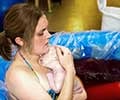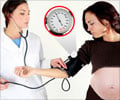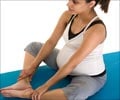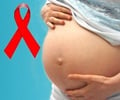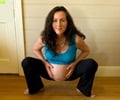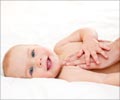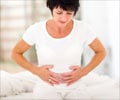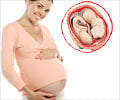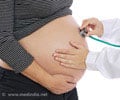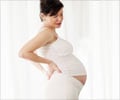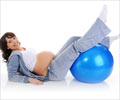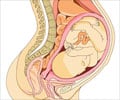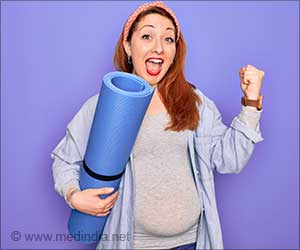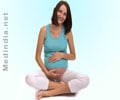How the body changes in the second trimester
This is often the time that most pregnant women report to be the most comfortable period for their bodies. The disturbing feelings of nausea and dizziness have ended to provide some relief.
By the 14th week of your pregnancy, your baby is fully formed. The baby’s bones are formed by flexible cartilage and continue to develop. The jaws show 32 permanent tooth buds. The baby jerks about its body, bending his or her arms and legs as it swims about in the amniotic fluid.
During this time there are further changes undergoing in the pregnant woman’s body. These are as follows:
1. Stretching of skin: As the tissues and muscles stretch to accommodate a growing uterus, the surrounding skin also stretches causing at times reddish or pinkish lines on the skin called stretch marks. These are a form of scars that occur during the second part of the pregnancy. Not all women get stretch marks, though. Often these marks fade away to a certain extent over time, after delivery. At other times they may be of a more permanent nature. To try and decrease the appearance of stretch marks using products like bio oil, olive oil, emollient cream or prescribed ointments from your midwife or doctor daily can really help.
Darker skinned women may notice patches of skin turning a shade darker. This is also a temporary condition called melasma or chloasma. These too are caused by hormonal changes and will usually disappear at the end of the pregnancy.
Think of stretch marks as pregnancy service stripes - Joyce Armor
2. Sensation of Itching: In 90 percent of women, itching during pregnancy, especially around the tummy, is caused by the many changes taking place in the body. Stretching of the skin to accommodate the growing baby, hormonal changes and in some cases the heat produced by the body are all contributing factors responsible for itching.
Usually the use of products like bio oil, emollient cream, olive oil, non perfumed moisturizing lotion used daily can give some relief to the mother- to- be. If, however, your itching is severe it is advised that you see your midwife or doctor. They will be able to establish weather this itching is due to a condition called obstetric cholestasis. This is an extremely rare, yet relatively serious, condition which affects the liver.
3. Feeling out of breath: This feeling often happens due to the growing uterus pressing up against the lungs because it does not get enough space to expand. Taking deep breaths and regular gentle exercise can help to overcome these moments of breathlessness.
4. Common aches: Some common aches felt are backaches, aches in the uterine region, or pain in the joints. Body aches like backaches and joint pains are due to the increasing weight that may cause wrong postures or positions. At times, the fetus might push against the lower back to cause pain to the pregnant women. The aches in the uterine region may be due to the stretching of the uterus. Minor pains are quite common. Regular soft impact exercise like swimming, pregnancy yoga and pregnancy pilates can be very helpful to reduce aches, If the pain persists, its advised to visit the gynecologist or your midwife.
5. Leg cramps: Leg cramps are painful spasms in the leg muscles that many pregnant women go through during their pregnancy. There are two predominant factors behind these leg cramps.
An increased amount of pressure of the uterus on the pelvic nerves during pregnancy is one of them. Usually this happens during the night or while a pregnant women is standing, sitting in the same position for a long period of time. Typically once out of bed or just using your sleeping muscles can help to sooth away these cramps. (If however you find any swelling, reddening in the leg please seek medical help as there may be a possibility of clotting.)
During pregnancy calcium metabolism is strongest and this often gives rise to leg cramps. After delivery this should resolve itself.
To reduce the frequency and severity of leg cramps regular exercises such as stretches, ankle exercises, circling your heels, wiggling your toes, pregnancy Yoga, pregnancy pilates, walking, swimming and massaging your legs can greatly help.
Also remember that sometimes during this trimester you may feel the first kick of your baby, a weird feeling at first and then a joy and a reminder of something special happening inside.
A mother's joy begins when new life is stirring inside... when a tiny heartbeat is heard for the very first time, and a playful kick reminds her that she is never alone. - Author Unknown

